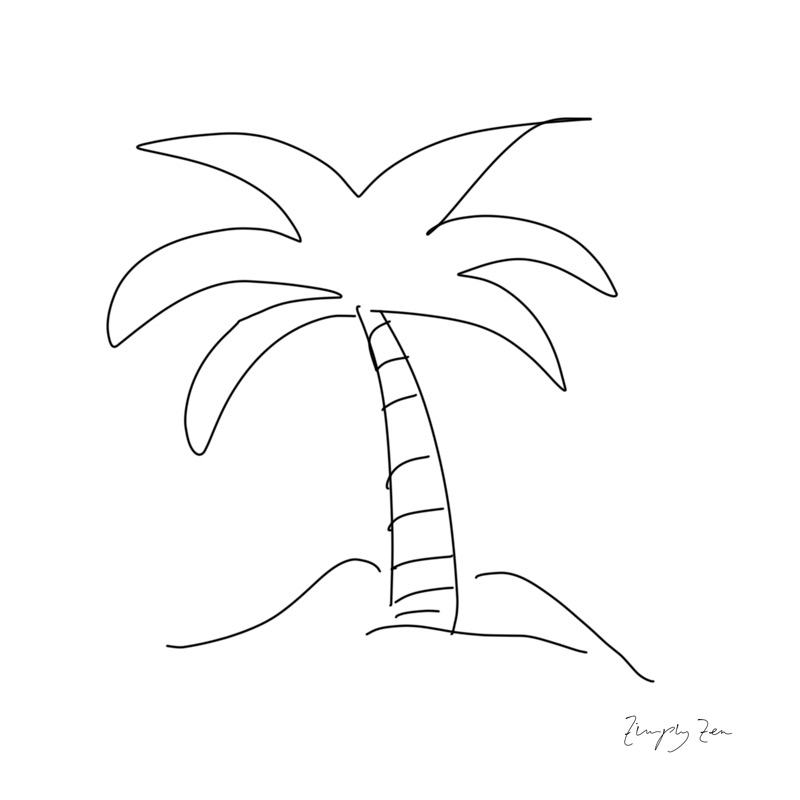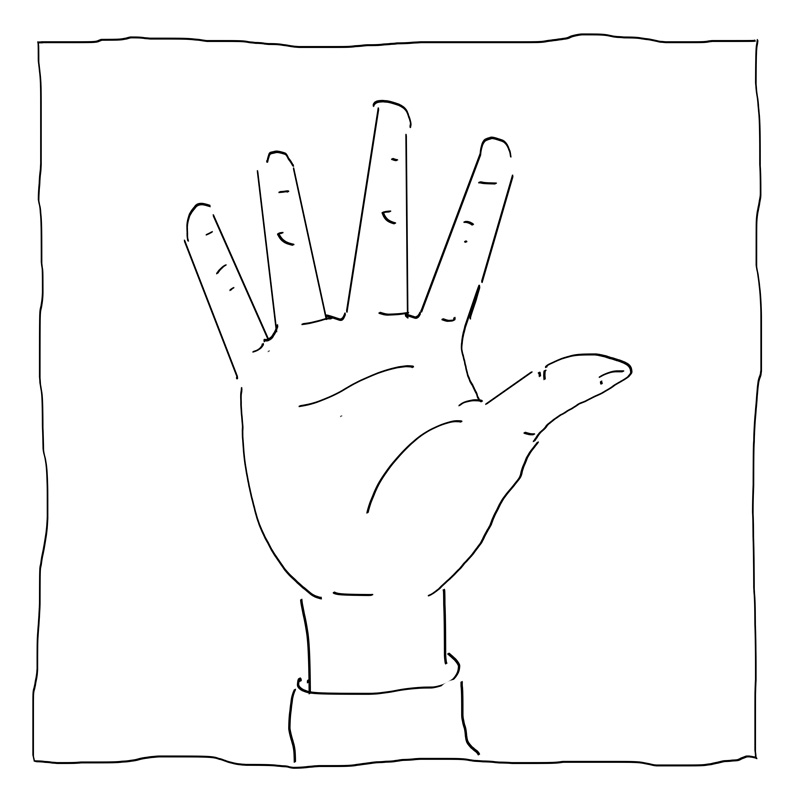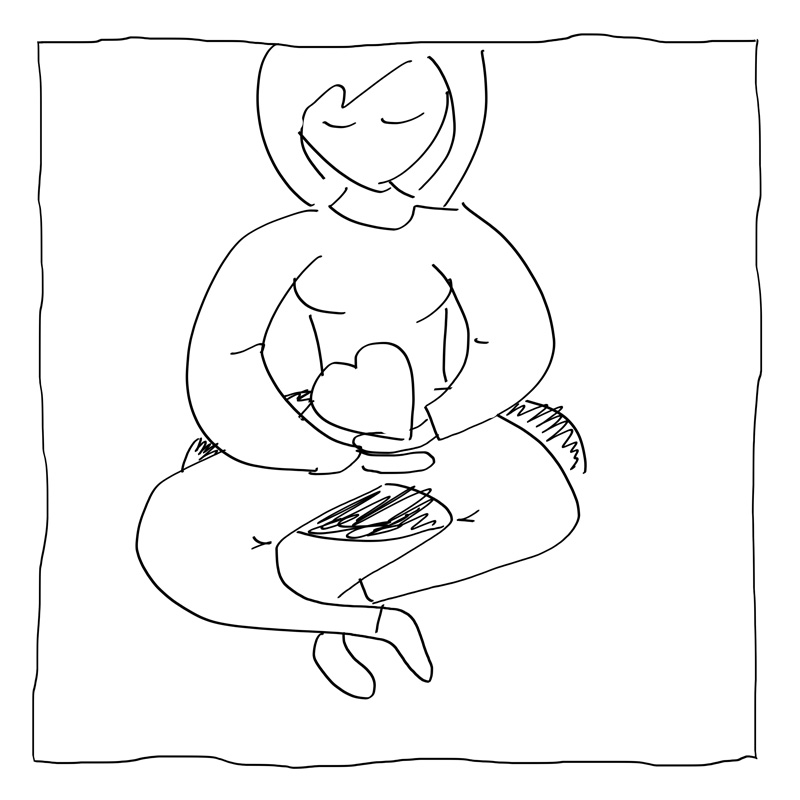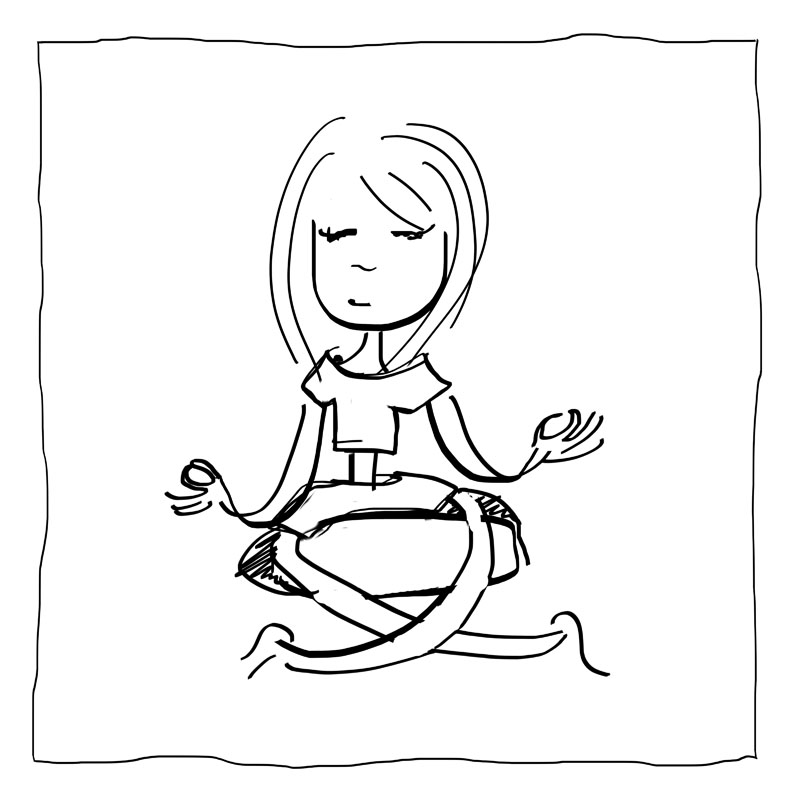Take A Mini Mind-Vacation
You don’t have to book a trip to the Maldives in order to feel relaxed, rejuvenated and take a step back from daily life.
Just take a few moments, sit down, close your eyes and visualize one of the following 7 scenes. Make sure to imagine all sights, feelings, scents, and sounds you would experience if you were in that situation.
- A beautiful morning sunrise
- A full moon at night
- A sleeping cat
- A moss covered forest clearing
- A sunny white sand beach
- A starry summer sky
- A waterfall in the jungle
Enjoy!





